When it comes to satisfying our craving for a juicy and sweet citrus snack, mandarin fruit and clementines often top the list. While both varieties belong to the citrus family and share many similarities, they also have distinct characteristics that set them apart. In this article, we will explore the differences between mandarin fruit and clementines, assisting you in choosing the perfect citrus fruit for your snacking pleasure. 1. Origin and Cultivation: Mandarin fruit, scientifically known as Citrus reticulata, is believed to be native to China and has been cultivated for centuries. On the other hand, clementines, which are a specific variety of mandarin, were first discovered in Algeria in the early 20th century. Today, both fruits are grown in various parts of the world, including Spain, the United States, and China.
mandarin fruit vs clementine
2. Appearance: Mandarins are generally smaller than clementines, measuring around 2-3 inches in diameter, while clementines tend to be slightly larger, ranging from 2.5-3.5 inches. Both fruits have thin, loose peels that are easy to remove, making them excellent choices for on-the-go snacking. Mandarins often have a slightly more oval shape, while clementines appear rounder. 3. Flavor and Sweetness: Both mandarins and clementines offer a burst of refreshing sweetness, with a hint of tartness. However, mandarins tend to be slightly sweeter, with a more complex flavor profile. They may have a floral or honey-like taste, along with notes of spice or tropical fruits such as pineapple or mango. Clementines, on the other hand, are known for their straightforward, tangy-sweet flavor, resembling that of regular oranges.
features of mandarin fruit vs clementine
4. Seed Content: One of the key differences between mandarins and clementines lies in their seed content. Mandarins generally have a few seeds embedded within the flesh, while clementines are known for their seedless nature or minimal seed content. This makes clementines a more convenient choice for those who want to enjoy their citrus snack without any interference. 5. Availability and Seasonality: Mandarins are available in various varieties, such as Satsuma, Tangerine, and Dancy, each with its distinct flavor and appearance. They are typically in season from November to March. Clementines, being a specific type of mandarin, have a more defined seasonality, typically from November to January. However, due to global sourcing, both fruits are available in many parts of the world year-round.
buy mandarin fruit vs clementine
6. Nutritional Profile: Both mandarins and clementines are excellent sources of vitamin C, providing a significant boost to the immune system. They are low in calories, high in fiber, and contain essential nutrients such as potassium and vitamin A. However, mandarins are often known to have slightly higher levels of vitamin C compared to clementines. Conclusion: Whether you prefer the intense sweetness and complexity of mandarins or the tangy simplicity of clementines, both fruits offer a delightful and nutritious citrus experience. The choice between mandarin fruit and clementines ultimately comes down to personal preference. So, the next time you’re looking for a healthy snack, don’t hesitate to grab whichever variety catches your eye and indulge in the delightful world of citrus.
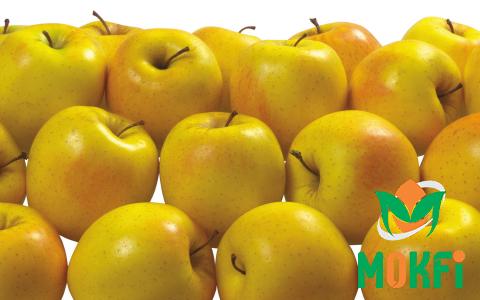
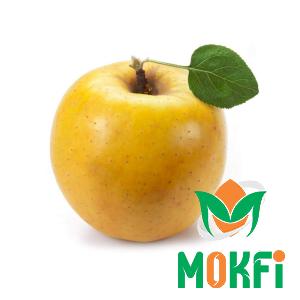
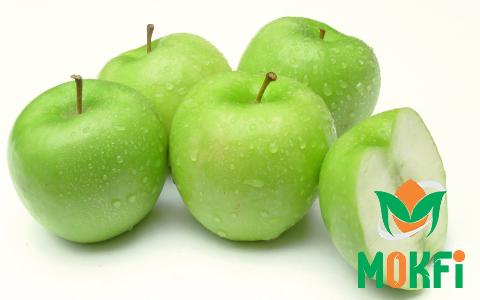
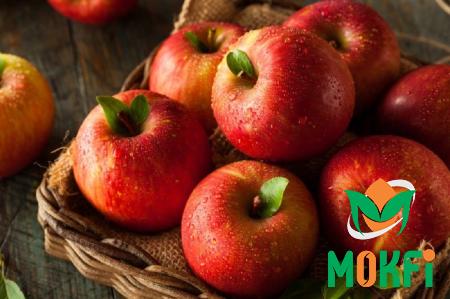
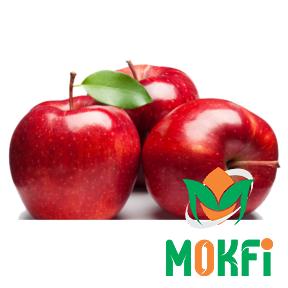
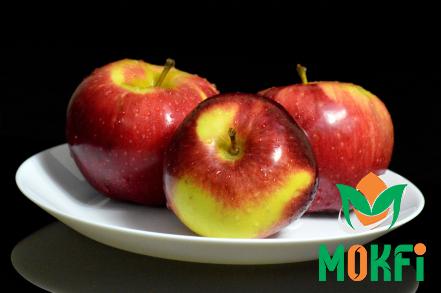
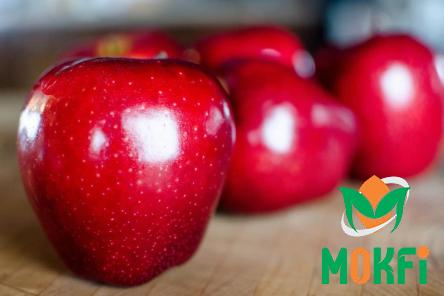
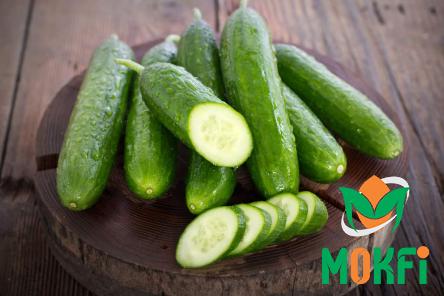
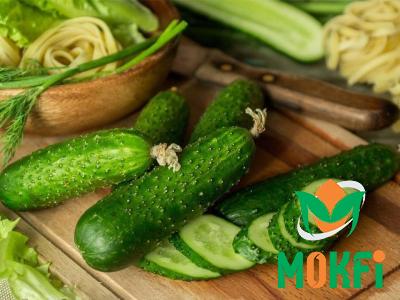
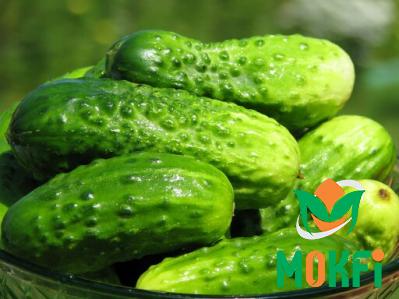
Your comment submitted.